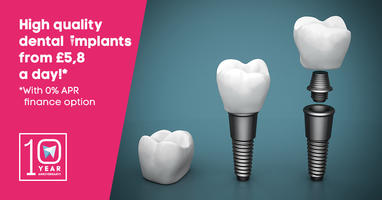When you are told that you need bone augmentation in order to receive a dental implant, chances are that you are going to be getting a synthetic bone graft. This is basically what 90% of hospitals, dental clinics, and pretty much everywhere else that provides oral surgery uses when bone grafts need to be given. The question is; why?
Safety
Synthetic bone graft materials are easier to work with. There is less processing involved, and the synthetic material is much less likely to go bad. Organic substitutes do tend to spoil, after all, this is what bacteria have evolved to live in.
Don’t get me wrong, the raw materials used for xenoplasty or autoplasty are incredibly processed, they hardly even look like real bones. They are thoroughly disinfected and boiled and reinforced and a whole slew of things happen to them before they can be inserted into patients. But they will go bad eventually. And synthetics take years, kept in any condition, to go bad.

Procurement
It is harder to procure animal or human cadaver bones for bone transplants and bone grafts than it is to synthesize the material from a laboratory. Besides that, there are much more regulations and it takes more time to get the living tissue than to get its synthetic substitute.
Patient’s Choice
The third and most driving factor in the market for bone transplants, as with any market is of course the wants and needs of the patients themselves. Most patients want to have synthetic bone graft material and do not want the pieces of dead people or animals grafted into their own skeletal system. This is understandable, as we feel aversion to the thought of other peoples gross dead body parts. And in all honesty, what would you rather have, synthetic material, or a piece of your hip taken off? So much for autoplasty, then. That leaves us with pretty much synthetic bone grafts as the only thing to be used. And indeed, bar a few exceptions, usually consistent with world view or religion, it is the only thing used.
image: 1.

